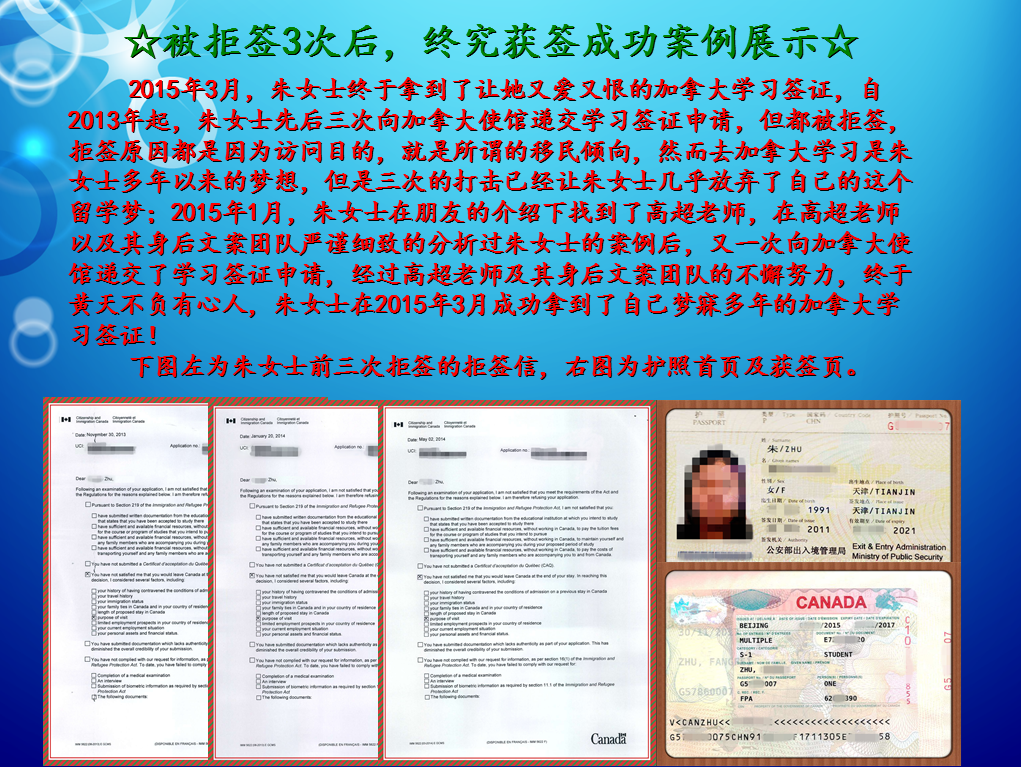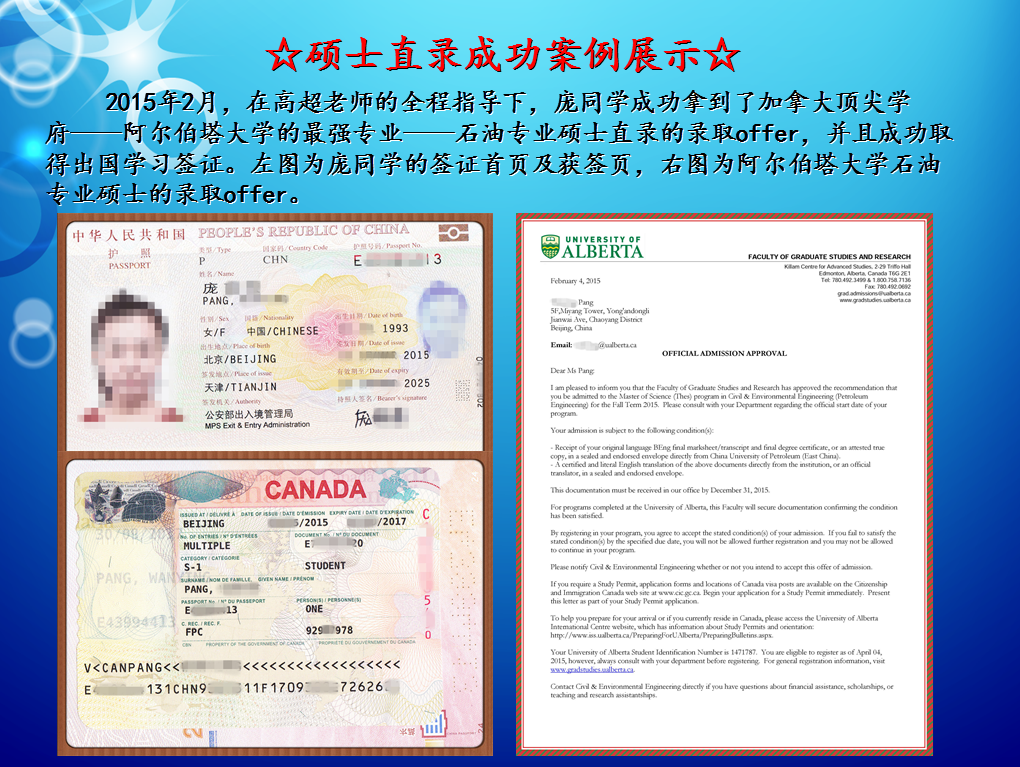如何秒懂托福听力中的那些细节信息? .
2017-08-06 391阅读
想象提高托福听力成绩,一定要找准要点,这样才能更有针对的备考,本篇小编将从听力出题的三大类为大家详细介绍,希望同学们都能考出一个好成绩!
1、原因目的类
原因目的类的题目是逢出必考的,这一点毋庸置疑。相信许多考生朋友深有体会,在TPO和历次考试中,总会在每篇听力的中间那几道题目中问到“why, the reason why, the purpose”之类的内容。这也是很多有一定听力水平的考生能够把握住的细节信息。
2、事件要素类
事件要素是构成任何描述内容的框架,是讲解任何信息必备的元素。因此,托福听力考试自然也少不了对事件要素的考察。事件要素主要包括时间(when)、地点(where)、人物(who)等,也有人概括为“5W”原则。值得注意的是,托福考查事件要素并非单个拿出某一个要素来考,而是以一个要素为由头,以点带面展开这个事件,这是很多考生头疼的地方——只顾一点信息,忽视了大体要义的把握。
3、观点阐述类
观点阐述类的题目与原因目的类的题目考点上其实是有重合之处的,都是在“找理由”。不同点在于原因目的类题目直截了当,在阐述某一观点的时候,理由表达得更婉转,表达方式更隐蔽。现有的趋势是,越来越多的细节题以这类题目为出题重点,而不再单纯抓着某一信号词出题了。这让很多考生大为苦恼。
总的来说,细节类信息对应的题目大致可以分为以上三大类。当然,在做题时,偶尔也会出现一些“非主流”的考点,考生只需要稍加注意即可。
那么,对应以上的三大类题目,我们如何在平常的练习和考试的时候有针对性地突破呢?下面,澳际海外考试研究中心的老师将针对每一种题目类型的特点一一介绍。
首先是原因目的类的题目。这类题目的特点上文已经简要说明,就是在录音中会比较直截了当地表达出来。因此,考生在听录音的过程中需要注意那些原因目的类的信号即可。ETS在这还是相对仁慈一些,会有比较套路化的表述,比如录音提到because, reason和purpose之类的字眼,你就放心大胆地去理解就是,理解完了记下来即可。一般情况下,录音中会出现3到5处带有类似“because”字眼的句子,无论是寥寥几个词,还是浩浩荡荡的一长句,你都把它们理解出来或者记下来就可以了,至于这些是不是考点,见了题目再说,我们处理这类题目的宗旨是,无论出题与否,先把信息理解了再说。
其次是事件要素类题目。说到这儿,细节类题目才展现出了它真正的难度,这类题目往往都对那些听力在20分左右徘徊的考生构成了威胁。这类题目的特点就是“啰嗦”——在很多考生看来,5分钟一篇lecture好长好久,但记下来的东西少得可怜。其实很多重要的细节概括都被忽视了,这些内容很可能就是出题点。
例如:TPO14 seafarers and stars第三题:
What does the professor say about the people of the Gilbert Islands?
A. They developed a method for describing the locations of stars.
B. They regularly traded with the peoples of Hawaii and New Zealand.
C. They were the first to recognize the usulness of zenith stars.
D. They considered a navigator to be the same as an astronomer.
这道题目的关键字眼是Gilbert Island, 在录音中考生很容易能听到Gilbert Island, 但是这个词引导的内容非常多,对应的录音位置第一部分为
“take the case of the Gilbert Islands. They are part of Polynesia and lie very close to the equator, and the people there were able to divide the sky into symmetrical boxes, according to the main directions, north, east, south and west. And they could precisely describe the location of the star by indicating its position in one of those imaginary boxes. And they realized that you had to know the stars in order to navigate. In fact, there is only one word for both in the Gilbert Islands. When you wanted a star expert, you asked for a navigator.” 录音中“they could precisely describe the location of the star by indicating its position in one of those imaginary boxes”对应的选项为A, 而“When you wanted a star expert, you asked for a navigator”对应选项D。
再比如,这套题目的第五题:
What did the technique using zenith stars have in common with the technique using star pairs?
A. Both could help identify a location relative to the equator.
B. Both seem to have been used to determine the positioning of stone canoes.
C. Both were first developed by the Vikings.
D. Both were used as calendars to help keep track of the seasons.
和上一道题目类似,这道题目的关键词zenith star和star pairs也很容易听到,但是这两种方法的内容说得十分多,而且有跨度,需要整合。考虑这道题的思维过程其实就是“what did the professor say about star pairs, what did the professor say about zenith star, what similarity do they have”这样一个过程。录音中,教授提到star pairs时说“and if they kept on going, the next night they saw the pair of stars setting separately, then they would know they were at a different degree of latitude”, 讲解zenith star时说“so the Polynesians could estimate their latitude just by looking straight up, by observing whether a certain zenith star pass directly over head at night”, 综上所述,围绕博罗尼西亚人航海技术的两种方法,教授给出的答案都是他们通过天上特定的星星来判断自己与赤道的相对位置,因此答案选A。
由此看出,在解决这类细节题目时,不能再依靠简单的几个信号词或信号句提示抓取信息了。而要在不断出现新事物时,格外关注事物的表述,这种表述可以理解为定义解释、方法介绍、场面描述等等方面。
最后,我们来看看爱“找理由”的观点阐述类题目。这种题目的问法一般比较常规,即“教授对……又怎样的看法”之类的问题,而对应的录音却有比较鲜明的标志。这种标志一般是一类词——形容词。当录音中说话者在表达“……是怎样的”时,这句话就是信号,后面所说的内容即为解释内容,可能一句话结束,也可能是接二连三的句子。而这些形容词,又是比较常见的,如interesting, surprising, revolutionary, fundamental, exciting等等。所以,考生们在解这类题目时,宗旨就是凡有震惊兴奋之处,必埋伏着一道题目。
例如,TPO1 rose frantzen的第四题:
What does the professor imply about the painting of the young woman surrounded by pumpkins?
A. It was painted at an art fair.
B. It combines impressionism with realism.
C. It convinced frantzen that she was a good illustrator.
D. It was originally meant to be used in an advertisement.
教授在介绍画家第二种风格的时候说到:
“one other painting i really want you to look at is of a young woman surrounded by pumpkins. You will notice that the woman’s face is so realistic looking that it’s almost like a photograph. The woman’s nose is a little less than perfect and her hair is kind of messed up. That’s realism. But then, the background of the painting, this woman with the pumpkins is wrapped in a blanket of broad thick of brushstrokes, and it’s all kinds of zigzagging brushstrokes and lines, kind of chaotic almost when you look at it close.”
请注意这段文字中有两处关键信息,一是介绍了一种绘画风格,留心事件要素类信息出现;二是录音中出现了大量修饰这种风格的形容词“so realistic, a little less than perfect, kind of messed up”。这两个关键信息考生们需要引起注意,在这里会埋藏考点。当然,这里还有一个更为敏感的地方,就是说话者用了转折词but, 使得答案更为明显。
留学咨询
更多出国留学最新动态,敬请关注澳际教育手机端网站,并可拨打咨询热线:400-601-0022
留学热搜
相关推荐
- 专家推荐
- 成功案例
- 博文推荐

Copyright 2000 - 2020 北京澳际教育咨询有限公司
www.aoji.cn All Rights Reserved | 京ICP证050284号
总部地址:北京市东城区 灯市口大街33号 国中商业大厦2-3层









高国强 向我咨询
行业年龄 12年
成功案例 3204人
留学关乎到一个家庭的期望以及一个学生的未来,作为一名留学规划导师,我一直坚信最基本且最重要的品质是认真负责的态度。基于对学生和家长认真负责的原则,结合丰富的申请经验,更有效地帮助学生清晰未来发展方向,顺利进入理想院校。
Tara 向我咨询
行业年龄 7年
成功案例 1869人
薛占秋 向我咨询
行业年龄 11年
成功案例 1869人
从业3年来成功协助数百同学拿到英、美、加、澳等各国学习签证,递签成功率90%以上,大大超过同业平均水平。
Cindy 向我咨询
行业年龄 19年
成功案例 5073人
精通各类升学,转学,墨尔本的公立私立初高中,小学,高中升大学的申请流程及入学要求。本科升学研究生,转如入其他学校等服务。